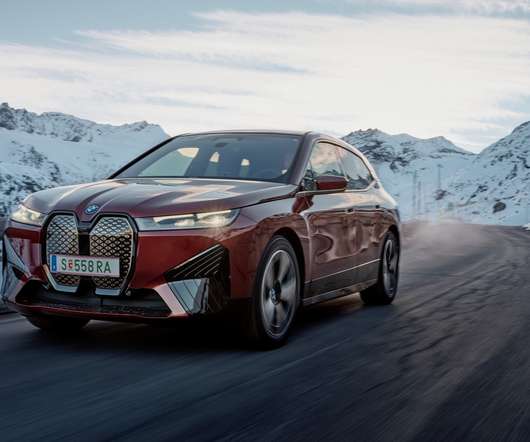Lifecycle results for Mercedes-Benz GLC F-CELL vary widely depending on the power and hydrogen source
Green Car Congress
APRIL 4, 2019
Mercedes-Benz has been conducting this environmental check regularly since 2005, starting with the S-Class at the time. The same applies to fuel cell vehicles, which give rise to more emissions in production but slightly fewer than batter vehicles in operation, and where the supply of hydrogen has a major influence on the overall effect.











Let's personalize your content